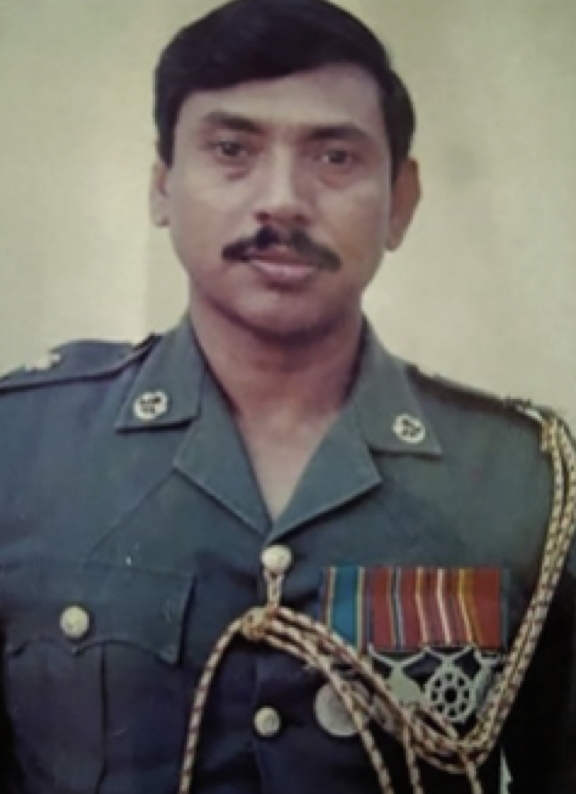
A new report, by the International Truth and Justice Project (ITJP) and Journalists for Democracy in Sri Lanka (JDS), reveals that Sri Lankan President Gotabaya Rajapaksa was named in a government inquiry as a suspect in an enforced disappearance case in 1989.
The joint report, 'Gotabaya Rajapaksa: The Sri Lankan's President Role in 1989 Mass Atrocities', lists 1,042 victims who were forcibly disappeared in Matale during 1988-1990. During this period, Gotabaya was serving as the district coordinator, therefore had command responsibility and would have known about the human rights violations taking place.
In the report, ITJP and JDS highlight that Gotabaya was specifically named in a list of perpetrators by the Sri Lankan Presidential Commissioner of Inquiry into Involuntary Removals or Disappearances of Persons in its 'List of Persons Whose Names Transpired as Responsible for Disappearances - Central Province - Matale District'. The case involves someone who was arrested in September 1989 and tortured while being held at Vijaya College army camp for 40 days in Matale.
“It was under his watch that the disappearances and other human rights violations were taking place,” the report states.
The report also notes that numerous Sri Lankan government commissions reported that over 700 people had been forcibly disappeared during this time.
“As District Coordinator, in charge of administration and security, including the police and army, Gotabaya Rajapaksa would have known about the scale of violence,” the report adds.
The organisations also highlight that "numerous" Sinhalese parents went to Gotabaya in 1989 to ask about the whereabouts of their disappeared children and note that witnesses reported that he was present "at the various schools and guest houses which had been documented by the government's Commissions as notorious torture sites".
"He furthermore failed to take any action to investigate the crimes, despite complaints being made to him directly by family members of the victims, and failed further to submit the matter to the competent authorities for investigation and prosecution," the report adds.
In the report, the organisations stress that Gotabaya was "therefore fully aware of the crimes being perpetrated and failed to take any action to prevent these crimes from taking place or to hold any of his subordinates accountable."
Gotabaya served as Sri Lanka's defence secretary during the armed conflict and stands credibly accused of war crimes. During his tenure, he was responsible for 'white van squads' which were used to forcibly disappear government critics.
“Gotabaya Rajapaksa is well known for his command role in alleged war crimes in war against the Tamils when he was the powerful secretary to the ministry of defence but less is known about his involvement in the enforced disappearances of Sinhalese in 1989,” Bashana Abeywardane, convenor of JDS, said in a press release.
“This is despite the fact that witnesses to a government commission of inquiry named him as being present at sites where detainees were unlawfully detained, tortured and disappeared and little effort was made to conceal what was going on. When we consider the gravity of the atrocities committed under his command within 8 months in just one district and the fact he was 30 years later elected to lead the entire country this indicates a serious lack of historical literacy among the Sinhala masses," he added.
Read the full report here.
